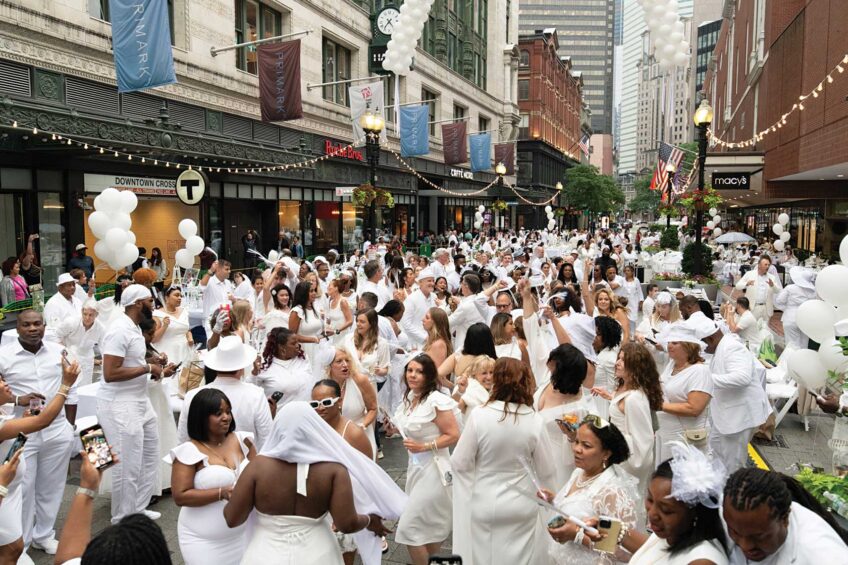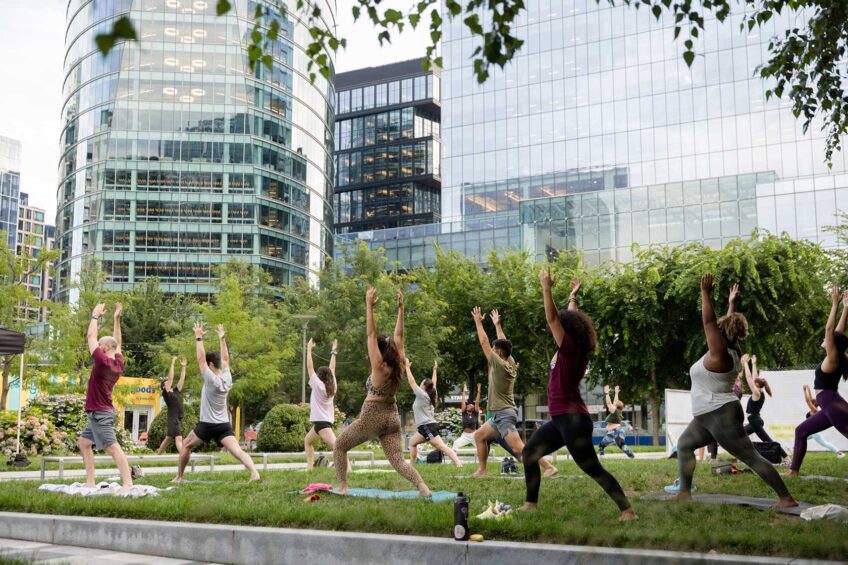
CAPE TOWN, South Africa — The spectacular setting along the southern rim of the African continent, a precious bowl encircled by mountains, is just one reason Cape Town consistently ranks first among the world’s most beautiful cities.
A ride up the cable car to the flat-topped heights of iconic Table Mountain provides a sweeping view of Table Bay, the gilded beachfronts of the swank Atlantic seaboard’s “Cinderella ports” and the interior mountains of the lush Cape Winelands. Of course, there’s also the colorful municipality, stretching from its lively waterfront to the villas scaling the lower reaches of the promontory.
But there’s more, so much more to the “Mother City,” South Africa’s first European outpost, which Sir Francis Drake called the world’s “fairest Cape.” It offers a textured mix of cultures from Europe, Africa and Asia; a rich history of survival, settlement and continuing struggle; lively nightlife; and a cornucopia of attractions, from the fertile vineyards of Stellenbosch to the charming seaside towns on the road to the picturesque Cape of Good Hope.
Add shark diving, eye-popping floral displays and a pilgrimage to Robben Island, where Nelson Mandela spent 18 of his 27 years in prison, and it’s obvious why Cape Town has become a premiere destination for American tourists, who now outpace all other nationalities in visitors to the jewel city of South Africa.
The original Cape inhabitants were the KoheSan people, who greeted Dutch and Portuguese traders who were rounding the continent starting in the 15th century.
“Settlers from Holland established the city, but the wealth came with the English,” says Clinton Elliott, who grew up in Everett, Massachusetts, and worked as a Bay State Banner reporter in the 1980s before becoming an international lawyer and financier. He relocated to Cape Town from London more than 20 years ago.
As the English displaced the Dutch East India Company and made Cape Town the capital of its crown colony in 1814, the city expanded and set down British social and architectural roots, explains Elliott.
“The stables and formal gardens of Bishopscourt and Constantia to the west of Cape Town form the city’s ‘Town and Country’ set,” says the genial Boston ex-pat. “The wine farms, and its 10-kilometer Long Beach with horses riding through the sand in the morning mists are just unbelievable.”
Bishopscourt was also home to Anglican Archbishop Desmond Tutu and where Nelson Mandela spent his first night out of prison as a free man. South Africa’s Houses of Parliament in Cape Town, the country’s legislative capital, was where Mandela delivered his inaugural address in 1994 after his election as the country’s first post-apartheid president.

Cape Town family gathers for a photo from the summit of Signal Hill with Robben Island in the distance. PHOTO: ERINT IMAGES
The magisterial stone complex was also the center of debates over the Anglo-Boer War and apartheid, which the National Party, dominated by white Afrikaners, introduced after World War II.
The building is still the political center of South Africa as the nation struggles to overcome a 400-year-old legacy of colonization and racial separation. The crushing inequities between Blacks and whites persist almost 40 years after the fall of the last apartheid government and the rise of the revolutionary African National Congress.
“After centuries of life moving in a certain direction, change does not come quickly, not even in a few generations,” says Elliott.
One place in Cape Town where residents pushed for integration long before the anti-apartheid struggles led by the ANC is the colorful Bo-Kaap neighborhood at the base of Signal Hill. Originally known as the “Malay Quarters,” it was settled in the 1760s by East Indian people imported by the Dutch as slaves. The pastel homes of the district — one of the city’s most Instagrammable attractions — were occupied by a mélange of ethnicities who resisted racial separation.
Visits to the District Six Museum in Bo-Kaap and the Slave Lodge Museum in the city provide a searing overview of the Cape’s history of human bondage. The four-hour round trip ferry excursion to Robben Island for a tour of the cells, presented by former inmates, gives a sobering account of more recent struggles for equality.
By contrast, the vineyards of Stellenbosch and Franschhoek are a 45-minute ride away from the city center. Mini-bus tours to some of the region’s 200 wine estates cover gorgeous scenery, where notable grand crus are cultivated by some of the country’s most prominent Afrikaner families.
The other must-see destination outside Cape Town is Cape Point National Park, at the very tip of the Cape of Good Hope — also easily accessible by day tours. The Boulders Beach penguin colony en route is well worth a slight diversion from the direct road to the point.
For budget-minded visitors, the strength of the dollar against the South African rand makes for easier shopping at the many stores and boutiques of the popular V&A Waterfront complex and sumptuous seafood and local beef specialties in Cape Town restaurants. A three-course meal for two at Carne Kloof — one of the city’s best chop houses — goes for less than $75.
Accommodations exist to suit all budgets. The elegant Belmond Mount Nelson Hotel, a luxurious old-world pink palace at the base of Table Mountain, may be above many travelers’ price range but is worth a visit, especially at tea time.
As in any city with huge wealth disparities, visitors should be careful flashing jewelry and cash. Getting around is safe and easy with an extensive Uber network, and drivers generally have great recommendations for dining.
One inconvenience these days is what South Africans call “load-shedding” — periodic shut-downs of the nation’s electric system from place to place in order to conserve power. While dining in one restaurant, an unexpected cut resulted in waiters bringing candles to every table in the 19th-century dining room.
South Africans, over centuries of change and challenge, are nothing if not adaptable.






